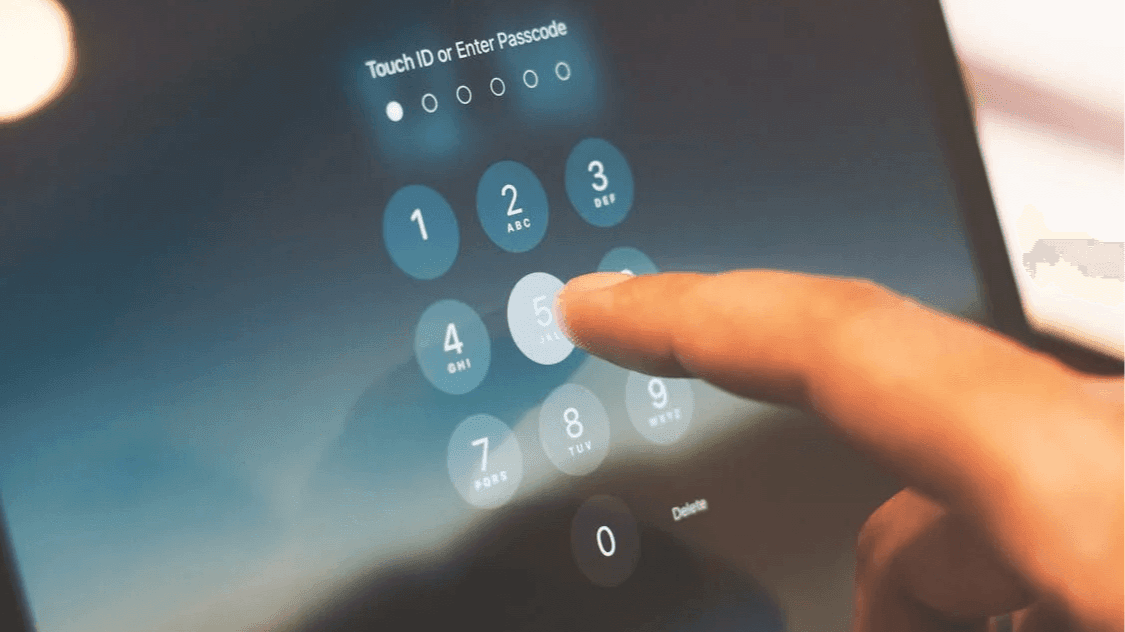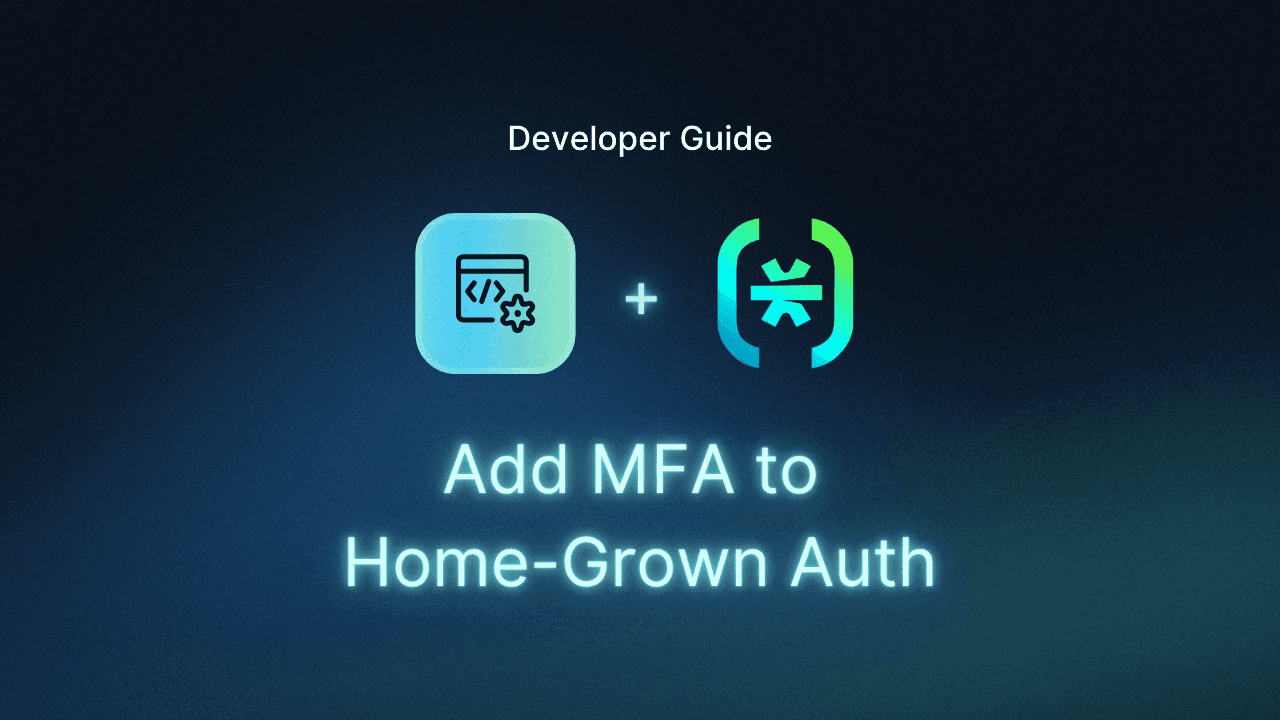Table of Contents
What is MFA?
Customer Multi-Factor Authentication (MFA) is the foundation of secure digital experiences. It protects accounts, safeguards sensitive data, and strengthens user trust across every interaction. By requiring users to verify their identity with multiple factors such as a one-time passcode, biometric scan, or push notification, MFA helps prevent unauthorized access even when passwords or tokens are compromised.
From consumer apps to enterprise SaaS platforms, MFA is a core element of modern identity architecture. The right approach can stop account takeovers, reduce fraud, and ensure compliance while maintaining a smooth user experience. For developers, implementing MFA is no longer just a security task but a product decision that shapes onboarding, engagement, and retention.
In this guide, we explore the leading customer MFA solutions available today. We outline their key capabilities, highlight their strengths, and explain which types of teams and applications can benefit most from each.
What is MFA?
Multi-factor authentication (MFA) is the process of validating a user’s identity using two or more independent factors. These typically include something the user knows, something they have, or something they are. By combining these elements, MFA significantly lowers the risk of compromised credentials being used for unauthorized access.
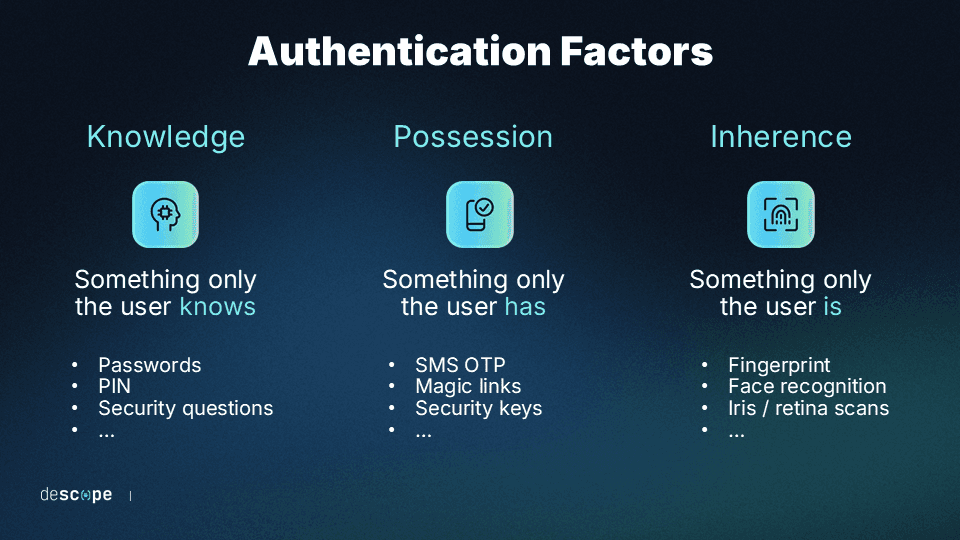
Modern MFA goes beyond static codes or passwords. Developers can now implement adaptive MFA that evaluates contextual signals such as device trust, IP reputation, and user behavior to determine when additional verification is needed. This balance between security and usability allows trusted users to log in seamlessly while increasing protection when risk is detected.
Core components of customer MFA often include:
Authentication methods: OTPs, push notifications, passkeys, or magic links.
Adaptive policies: Context-aware authentication that adjusts security based on device, location, or session risk.
Workflow orchestration: Tools to design MFA steps visually or programmatically across multiple applications or tenants.
Lifecycle management: Covering user enrollment, recovery, and factor management.
Integrations: Support for risk engines, analytics, and compliance systems.
Unlike internal workforce MFA, customer MFA must scale across a wide range of audiences including consumers, partners, and business customers. Each group may require different identity providers, branding, and user journeys.
The right customer MFA solution helps developers deliver secure, low-friction login experiences that grow with their applications. Below, we compare seven leading MFA platforms designed to protect external users while keeping authentication simple and adaptable.
What to consider when looking for a customer MFA solution
Choosing the right customer MFA platform depends on your application’s users, risk profile, and growth goals. While most solutions offer basic two-factor authentication, customer-facing environments require more flexibility, scalability, and adaptability to user context.
Key factors to evaluate include:
Multiple authentication methods: Support for OTPs, push notifications, passkeys, and magic links to provide users with secure and convenient options.
Adaptive and risk-based security: Ability to adjust MFA prompts dynamically based on device trust, IP reputation, and behavioral signals.
Tenant management: Tools to define per-tenant MFA policies and configurations for B2B or multi-tenant apps.
User experience: Prebuilt UI components and customizable workflows that integrate seamlessly into your app’s design.
Developer experience: SDKs, APIs, and low-code orchestration tools that make it easy to embed MFA without managing backend complexity.
Integration ecosystem: Native connectors for fraud detection, risk scoring, analytics, and identity providers.
Scalability and compliance: Reliable performance, audit trails, and compliance readiness for growing user bases and regulated industries.
A strong customer MFA solution balances protection with usability, enabling teams to deliver secure, frictionless login experiences across all audiences, from end users to business partners.
With these considerations in mind, let’s explore the top customer MFA solutions available today.
Also read: 5 Core Benefits of MFA (When Done Correctly)
Descope
Overview
Descope is a modern identity platform built to make MFA and passwordless login simple, secure, and adaptable for any external-facing application. Designed for developers and product teams, Descope enables the creation of frictionless authentication flows that combine multiple authentication methods such as passkeys, one-time passcodes, magic links, and biometrics.
Its visual workflow editor and extensive SDK library allow teams to design, test, and deploy adaptive MFA and passwordless experiences without writing backend code or managing infrastructure.

Beyond MFA, Descope supports multi-tenant SSO, fine-grained access control, and orchestration across B2C and B2B environments. Developers can connect risk engines, fraud detection tools, and external identity providers within the same flow to create intelligent, context-aware authentication journeys.
This unified approach enables organizations to protect user accounts while keeping login experiences fast and consistent across customers, partners, and even AI agents or MCP ecosystems.
Key capabilities
Comprehensive MFA coverage: Support for multiple authentication methods including passkeys, OTP, magic links, social login, security questions, and biometrics to deliver secure and flexible MFA options for every user scenario.
Adaptive MFA and risk-based policies: Protect accounts with context-aware MFA, session management, and bot detection that respond dynamically to risk.
Visual workflow editor: Drag and drop MFA and passwordless steps to design adaptive authentication flows without writing backend code or maintaining complex infrastructure.
Step-up authentication: Add extra authentication checks before sensitive in-app user actions (e.g. changing shipping address, wiring money).
Prebuilt UI widgets: Embed MFA enrollment, verification, and recovery components directly into your app for faster deployment and consistent UX across web and mobile.
Journey-time orchestration: Connect MFA with fraud detection, authorization, compliance, and analytics tools to build unified identity journeys that respond intelligently to risk.
Multi-tenant management: Configure MFA methods and access policies per tenant using built-in RBAC and FGA, ideal for B2B and partner environments that need tailored security controls.
SDKs and APIs for modern frameworks: Support for over 15 SDKs, including Next.js, Flutter, and React Native, giving developers flexible integration options.
Connector ecosystem: Seamlessly integrate with third-party risk, fraud, and directory services for extended authentication intelligence.
Agentic identity support: Secure and manage consented authentication for AI agents and MCP ecosystems alongside human users.
Strengths
Comprehensive MFA experience: Built-in support for OTP, push, passkey, biometric, and magic link authentication methods provides secure and flexible authentication options across platforms.
Adaptive protection: Context-aware MFA uses device, location, and behavioral signals to trigger additional verification only when necessary, balancing security and usability.
Dynamic factor selection: Flows can be customized to recommend the best MFA method for each situation, automatically switching to secure fallbacks when a factor isn’t available or practical.
Fast implementation: Visual workflows let teams design, test, and deploy authentication flows without backend complexity or infrastructure setup.
Augmentation-friendly architecture: Using Descope as an OIDC Provider, organizations can implement MFA without changing their existing auth systems.
Consistent multi-channel UX: Unified login experiences across devices and applications reduce friction and strengthen user trust.
Developer-first platform: SDKs, APIs, and prebuilt UI components make integration straightforward across modern frameworks.
Scalable for all environments: From consumer apps to multi-tenant SaaS ecosystems, Descope scales securely with your customer base.
Transparent pricing and reliable support: Predictable usage-based pricing and responsive developer assistance help teams deploy confidently.
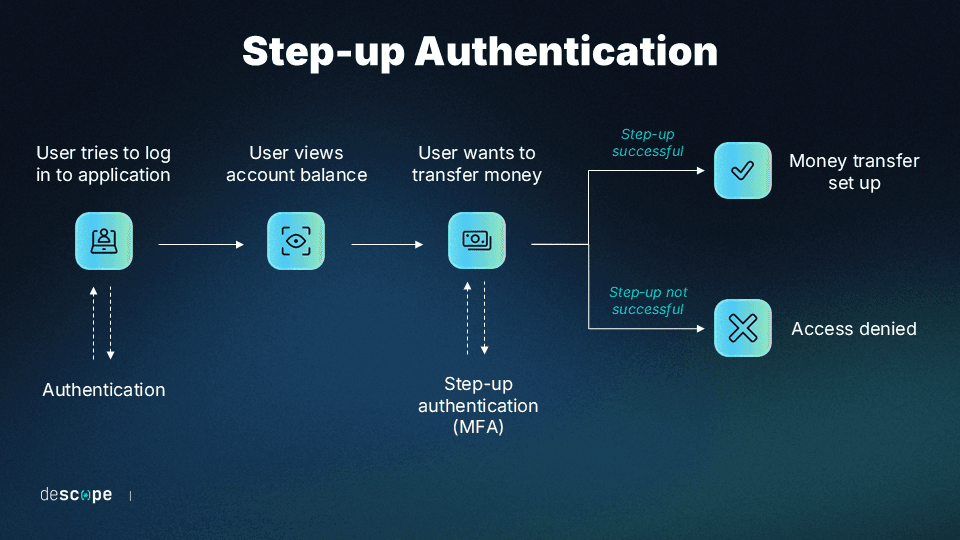
Ideal for
Descope is ideal for developers and product teams building consumer or SaaS applications that need passwordless authentication, multi-tenant SSO, and adaptive MFA without the complexity of managing identity infrastructure. It’s equally suited for startups launching fast and enterprises modernizing legacy systems. With Descope, teams can deploy secure, user-friendly login experiences that scale with their products and customers.
Auth0
Overview
Auth0, part of Okta, is a well-known platform for customer MFA at scale. It supports OTP, push, and WebAuthn factors along with SSO, social login, and adaptive access controls. Developers can add MFA through Auth0’s APIs, Rules, and Actions, but the platform has notable limitations.
Auth0 cannot support MFA-only or MFA-augmentation use cases because its MFA API requires a primary Auth0-issued auth token, and there are some methods, such as magic links, that can only be used as primary factors, not step-up MFA. As deployments grow, teams may also encounter added configuration complexity and higher-tier pricing.

Key capabilities
Support for MFA methods such as OTP, push, and WebAuthn authentication
Adaptive MFA that applies additional checks based on user risk and behavior
Hosted login pages with customizable branding and localization
Integration with enterprise standards such as SAML, OIDC, and social identity providers
Strengths
Enterprise-grade MFA: Proven support for adaptive MFA and secure federation across large environments.
Developer ecosystem: Extensive SDKs, documentation, and integration marketplace for rapid setup and customization.
Mature platform: Trusted by enterprises with a large community and partner ecosystem.
Ideal for
Organizations that want a proven, enterprise-ready MFA solution with broad standards support and strong developer tooling. Auth0 is best for teams that can handle additional configuration complexity and cost in exchange for scalability, reliability, and enterprise features.
Microsoft Entra External ID
Overview
Microsoft Entra External ID extends Microsoft’s identity platform to support secure, adaptive MFA for customers, partners, and external users. Built on the same foundation as Entra ID, it offers strong MFA options including FIDO2 security keys, Microsoft Authenticator push notifications, and one-time passcodes.
Entra External ID enables organizations to enforce granular access controls, apply Conditional Access policies, and maintain compliance across hybrid and cloud applications. Its enterprise-grade capabilities make it a trusted choice for regulated industries and large organizations already using Microsoft 365 or Azure.
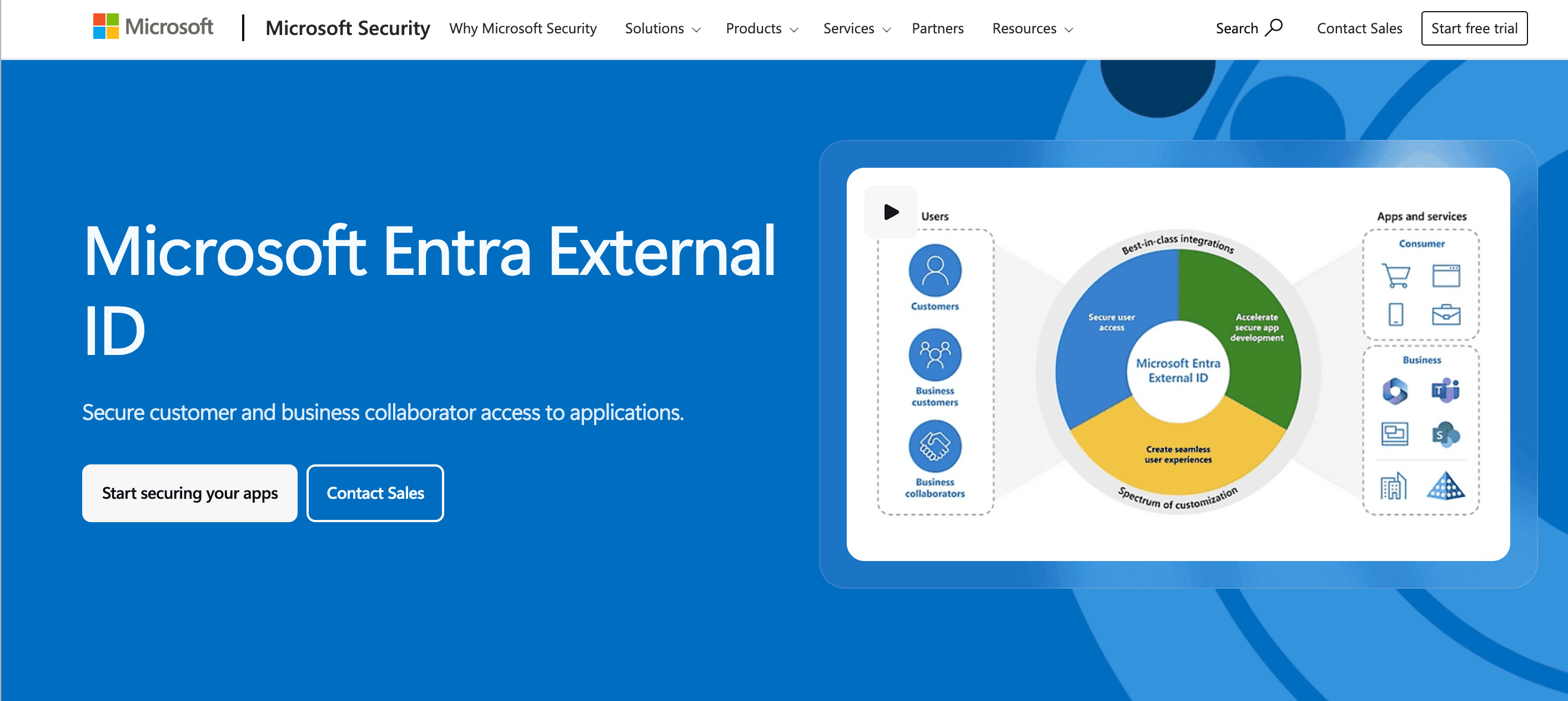
Key capabilities
MFA support using FIDO2 security keys, Microsoft Authenticator, and OTP verification
Conditional Access policies that evaluate user, device, and session risk in real time
Lifecycle management for external users with automated provisioning and access reviews
Integration with enterprise apps and SaaS platforms through SAML, OIDC, and SCIM
Strengths
MFA and compliance: Enterprise-grade MFA with built-in governance and reporting tools to meet security and regulatory standards.
Seamless Microsoft integration: Native interoperability with Microsoft 365, Azure, and thousands of connected applications.
Scalable architecture: Supports large external user bases while maintaining consistent security and policy enforcement.
Ideal for
Enterprises and regulated organizations that need adaptive MFA and strong access controls tightly integrated with Microsoft services. Ideal for teams seeking centralized management, compliance visibility, and seamless integration with their existing Microsoft identity ecosystem.
Firebase Authentication
Overview
Firebase Authentication is Google’s developer-focused identity service that simplifies adding MFA to web and mobile applications. It supports SMS-based verification, email OTPs, and integration with TOTP authenticators, allowing developers to add strong authentication with minimal setup.
Built directly into the Firebase platform, it integrates seamlessly with services like Firestore, Cloud Functions, and Firebase Hosting, making it an appealing option for mobile-first apps and startups. While Firebase MFA is straightforward to implement, customization and scalability can become challenging as user bases and security requirements grow.
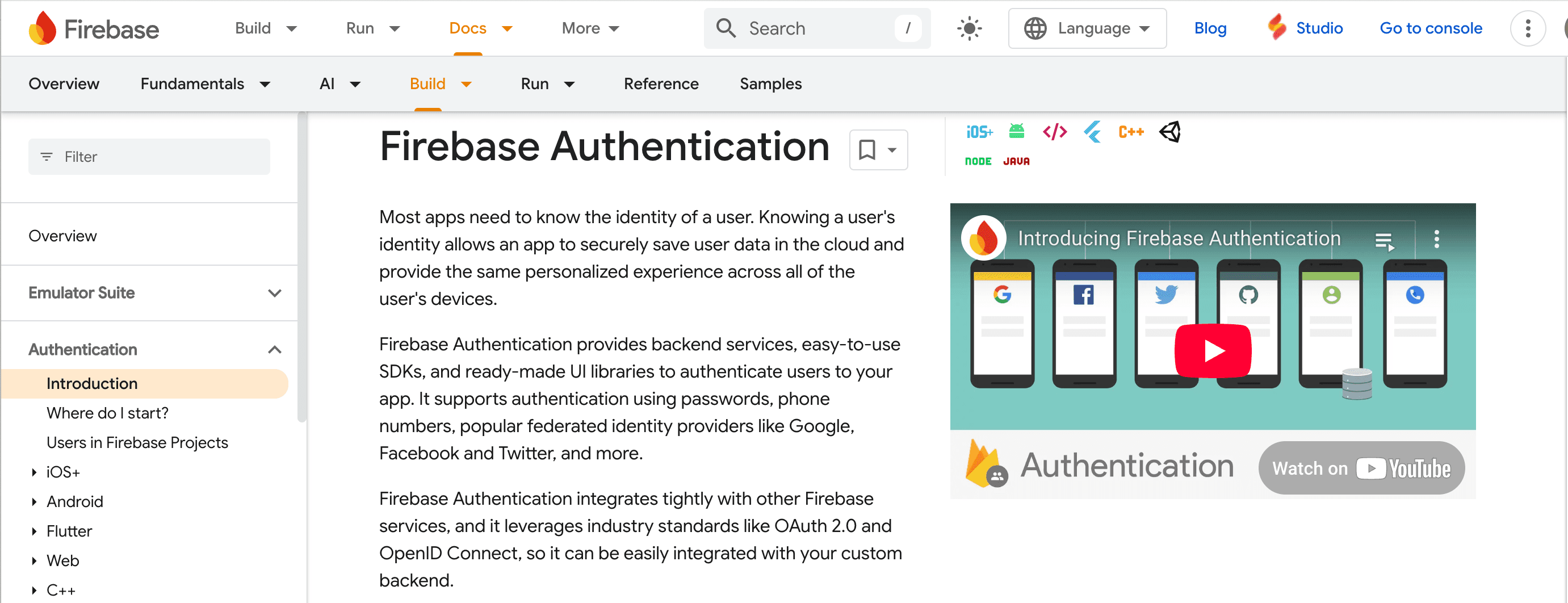
Key capabilities
MFA using SMS one-time passcodes and TOTP apps such as Google Authenticator
Support for passwordless options like email link sign-in and Google One Tap
Integration with major social providers including Google, Apple, and Facebook
Prebuilt UI libraries for web, iOS, and Android to speed up implementation
Integration with other Firebase services such as Firestore and Cloud Functions
Strengths
Simple MFA implementation: Quick setup for SMS or app-based verification with minimal backend configuration.
Mobile-first experience: Optimized SDKs and UI libraries for Android, iOS, and cross-platform frameworks.
Google ecosystem integration: Works natively with Firebase and Google Cloud services for cohesive app development.
Ideal for
Developers building mobile or consumer-facing apps who want fast, reliable MFA implementation with minimal operational overhead. Firebase Authentication is best for small teams and startups already invested in the Google ecosystem looking to add secure, frictionless MFA to their applications.
Keycloak
Overview
Keycloak is an open-source identity and access management platform that provides full control over authentication, authorization, and MFA. It supports time-based one-time passcodes (TOTP), FIDO2/WebAuthn for hardware or biometric authentication, and integration with third-party MFA providers.
Because it’s self-hosted, Keycloak offers maximum flexibility for developers who want to customize authentication flows and policies to meet specific enterprise or compliance requirements. However, its manual configuration, upgrade complexity, and operational overhead can present challenges as projects scale.
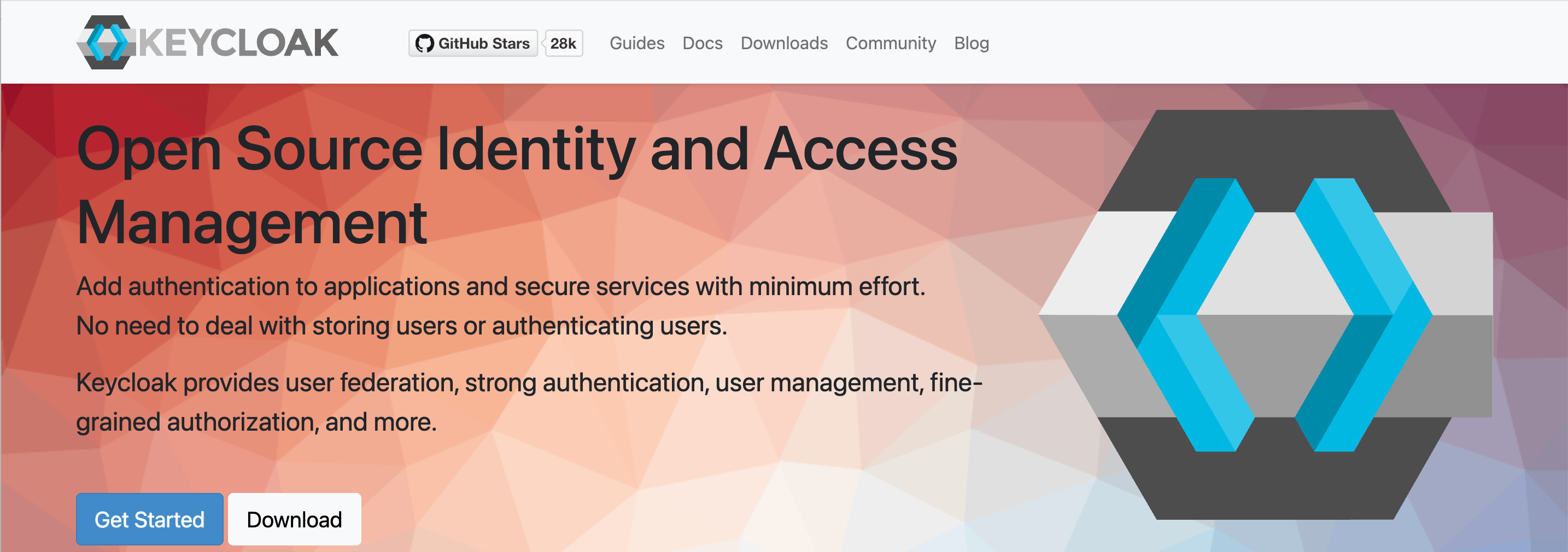
Key capabilities
MFA using TOTP, WebAuthn, or external MFA integrations
Support for major protocols including OIDC, SAML, and LDAP
Configurable authentication flows and policies through the Admin Console
Realm-based structure for managing multiple tenants or applications
Strengths
Flexible MFA support: Built-in and extensible options for TOTP, WebAuthn, and external MFA providers.
Open-source customization: Full access to configuration and source code for complete control over authentication logic.
Enterprise protocol coverage: Interoperability with SAML, OIDC, and LDAP for hybrid and on-premise environments.
Ideal for
Enterprises and developers that need customizable MFA and identity management while maintaining full ownership of their infrastructure. Keycloak is ideal for security-conscious organizations or government environments with DevOps resources to manage deployment, scaling, and ongoing maintenance.
Supabase
Overview
Supabase Authentication is an open-source identity service that includes lightweight MFA capabilities built directly into the Supabase platform. Developers can enable MFA using OTP and time-based one-time passwords (TOTP) while also supporting passwordless login via magic links and social providers.
Because Supabase is built on PostgreSQL, it provides strong data integrity and granular access control alongside authentication, allowing teams to manage identity and authorization through a single open-source stack. Supabase delivers a Firebase-like developer experience but with full transparency, data ownership, and flexible deployment options.
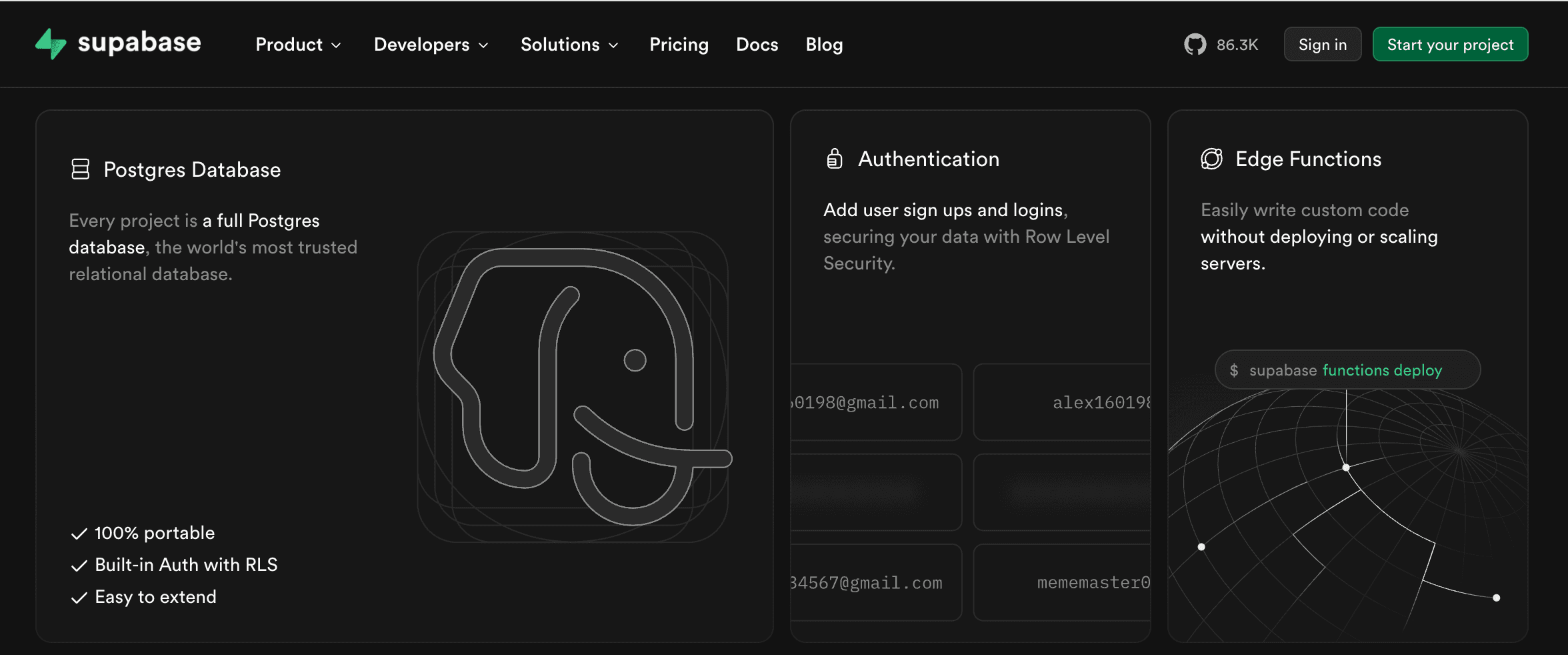
Key capabilities
MFA support using OTP and TOTP for secure account verification
Passwordless login via magic links and social providers such as Google, GitHub, and Apple
Integrated Postgres database with row-level security (RLS) for precise access control
Serverless edge functions to extend MFA, authorization, or risk logic
Strengths
Open-source transparency: Full code access and data control without vendor lock-in.
Simple MFA setup: Built-in OTP and TOTP support that integrates seamlessly with the authentication flow.
Postgres-native security: Tight coupling with Postgres allows developers to manage both identity and authorization from one environment.
Ideal for
Startups and developer teams seeking an open-source platform that combines authentication, MFA, and data management. Supabase is best suited for projects that want to stay lightweight and self-directed while retaining flexibility to integrate advanced MFA or passwordless options through tools like Descope for more complex, adaptive authentication needs.
Authentik
Overview
Authentik is an open-source identity provider that offers flexible and secure MFA for both customer and internal use cases. It supports a variety of verification methods, including TOTP, WebAuthn for hardware or biometric authentication, and push-based verification through connected devices. Authentik integrates with modern protocols such as OIDC, SAML, and LDAP, allowing developers to connect it easily to web apps, APIs, and self-hosted systems.
Designed for extensibility and transparency, Authentik gives teams full control over authentication logic, data storage, and policy enforcement while maintaining an intuitive admin interface for managing MFA enrollment and access.
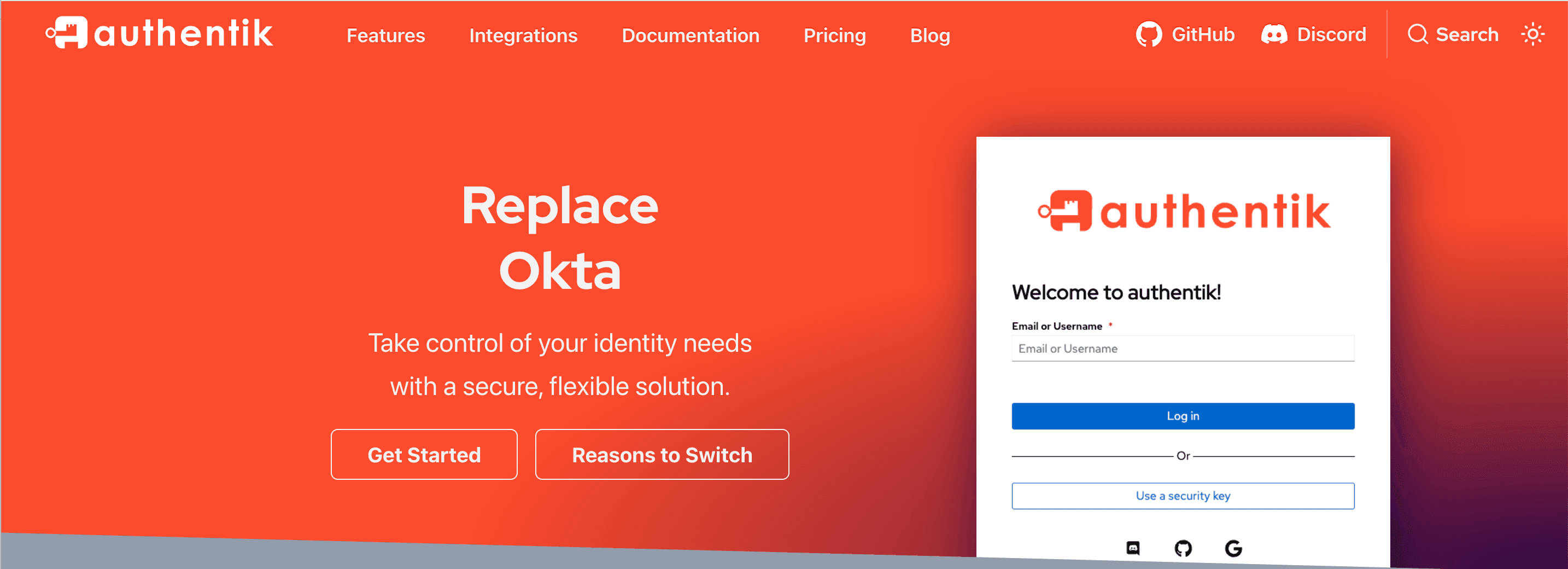
Key capabilities
MFA support using TOTP, WebAuthn, and push-based verification
Integration with OIDC, SAML, and LDAP for broad compatibility
Policy engine for custom access and authentication rules
User self-service for MFA setup and recovery
Strengths
Flexible MFA options: Built-in support for TOTP, WebAuthn, and push verification with easy user enrollment.
Open-source customization: Fully self-hosted and configurable, giving developers control over authentication logic and policies.
Strong standards compliance: Broad protocol support for interoperability across cloud, on-premise, and hybrid environments.
Ideal for
Developers and organizations seeking an open-source, self-hosted MFA and identity platform that emphasizes transparency, control, and standards-based interoperability. Authentik is best suited for teams that want to manage their own infrastructure while maintaining secure, flexible authentication for customers, partners, or internal users.
Conclusion
Modern MFA is no longer just a compliance checkbox. It has become a key part of user trust, security, and experience. The right customer MFA solution prevents account takeovers, reduces fraud, and ensures every login is both seamless and secure. Whether your goal is to meet regulatory standards, strengthen defenses against phishing, or improve conversion rates by minimizing friction, adopting a flexible and adaptive MFA platform is essential.
Among today’s options, Descope stands out for its comprehensive MFA capabilities that include OTP, push, passkey, biometric, and magic link verification—all built within a visual workflow editor that eliminates backend complexity. By combining adaptive MFA, passwordless authentication, and orchestration in a single platform, Descope empowers developers to deliver frictionless, context-aware login experiences that scale with any application.
For a deeper look at how Descope simplifies passwordless authentication, check out our docs. If you'd like a demo, meet with our auth experts. Also, if you want to try Descope yourself, sign up for a Free Forever Account and start your customer MFA journey today!




